Katrin Böhning-Gaese is investigating how climate change and land use changes affect biodiversity. The biologist and author spoke to KfW Stories about the dangers of diminishing biodiversity and why the coronavirus crisis has offered a unique opportunity to make our economies greener.
About Mrs Böhning-Gaese
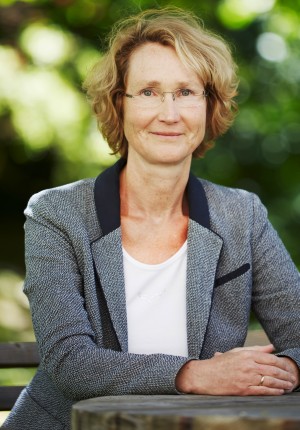
Dr Katrin Böhning-Gaese is a professor at the Goethe University Frankfurt and the director of the Senckenberg Biodiversity and Climate Research Centre. She is also a member of Leopoldina – The German National Academy of Sciences – and is the Vice President of the Leibniz Association. Her research is mainly within the field of ecology.
Dr Böhning-Gaese, as a biologist, what is your assessment of the coronavirus pandemic? Was the virus jumping to humans just an unfortunate coincidence?
The pandemic is in all respects more than an unfortunate, almost fateful coincidence: a pathogen jumped from animals to humans, probably from bats through pangolins to us. This animal is very popular in several Asian countries. Its scales are said to increase potency; the meat is considered a delicacy. We therefore assume this animal acted as an intermediate host, but research has not yet definitively confirmed this. This means that people have come into very close contact with wild animals – which can always result in viruses jumping between species. This will continue to be the case in the future as well.
In a sense, is nature striking back?
I wouldn’t phrase it like that because we are talking about the complex relationship between nature and humans, which we sometimes call social-ecological systems. Throughout history, humanity has had to fight viruses again and again. The difference today is that many more people now live on Earth, which means that pathogens can now spread much faster. And not just in one place; now they can spread globally because of flight routes and intensive travelling. This leads to pandemics.
What can we do to prevent crises like these in the future?
We should limit deliberate contact with wild animals as much as possible. Markets like the ones in Wuhan where pangolins and other rare species are sold are absolutely needless. I am against wildlife markets like those, not just because of the epidemics they can cause, although that is alone reason enough. But I also see a serious nature and species conservation problem.
Would you ban these markets?
Yes, I am in favour of banning these markets. In Africa there is the bushmeat trade – I’ve seen it for myself. Allowances may be made for this, because animals from the forest are often the only source of protein available for very poor people. As rich Europeans, it is not our place to forbid it. But when the trade in animals is about delicacies and status symbols, it has nothing to do with basic supply – and in my view, urgent action must be taken to stop this.
Read more under the image gallery.
The permanent exhibition, “The Fascination of Diversity” in Frankfurt’s Senckenberg Museum, displays around 1,000 biological and geological exhibits in an enormous glass case.
There are also people advocating the extermination of bats because they are super “virus spreaders”. What do you think?
That is entirely different. Instead of banning markets, we would exterminate animals so that nothing can be transmitted to humans. That cannot be the solution. Bats, for example, also eat insects that are pests in agriculture. So they are a type of natural pest control. And they pollinate trees, such as the shea nut trees in West Africa. Just because one species of bat might, under certain conditions, transmit something, wiping them out all at once would be completely uncalled for. On the contrary, we need the greatest possible amount of biodiversity.
Why is biodiversity so important? Couldn’t we also live just as well on Earth with fewer species?
We depend on nature in many different ways. We may not always be aware of this, but we are. There are things we are obviously dependent on, like the air we breathe, the food we eat or the clean water we drink. But also soils, flowers, lichens, mosses and insects, they all contribute to our existence in more or less visible ways. You can imagine nature as a giant machine that produces everything that we humans need to live.
What are the less obvious ways nature benefits us?
There are immaterial benefits: nature provides recreation, enriches and calms us, improves our well-being, makes us healthier. There is even scientific evidence that regularly spending time in a species-rich environment promotes good mental health.
So, nature as therapy and comfort?
Common sense can tell you that. But now we have increasing evidence to prove it: for example, scientific studies in England have found that people who spend afternoons taking walks in parks with plenty of birds are less worried and fewer are depressed. Staying outside, combined with the birdsong, obviously had a beneficial effect on their mental well-being. We cannot overestimate the value of nature and rich biodiversity.
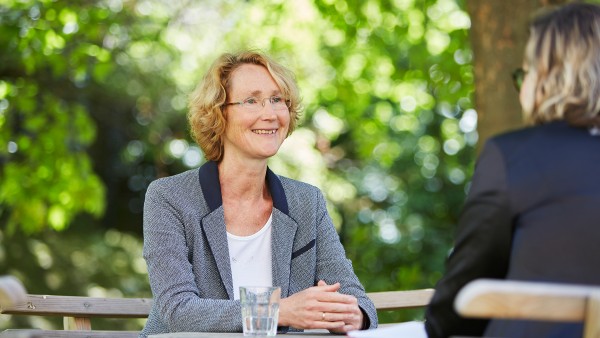
The conversation with Dr Katrin Böhning-Gaese took place in the garden of the Senckenberg Biodiversity and Climate Research Centre.
Again the question: do we really need every species? Or could we manage with fewer species?
We don’t know exactly which species we need, but we know that it’s good to have many. The more species there are, the more stable the systems are. This is especially true in times of climate change because it makes nature more adaptable. For example, if a species can’t manage in a drier environment, maybe another can. To a certain extent, biodiversity is a life insurance policy for us humans; it protects us against vicissitudes and changes.
Can you give an example to illustrate this?
My garden is a good example of this: a few years ago we converted two thirds of it into a meadow. Although the last few summers have been incredibly dry, we haven’t needed to water it. We also didn’t water the lawn next to it – and that died as a result. A meadow with 20 to 30 species is much more resilient because there are always species that can cope with the situation. The situation is similar for biodiversity worldwide. We need a lot of it.
Are there some species which are more important than others, which contribute more to the whole?
There are key species which are definitely more important than others. In the tropics, for example, more than 90 percent of all tree species are spread by animals, and of these animals, birds are the primary seed dispersers. There are a few species of large birds among them with huge beaks that can fly long distances, such as the hornbill or the toucan. They are crucial as seed dispersers and gardeners of the forest and are therefore considered key species.
wildlife markets
SARS and COVID-19 are not the only illnesses that have been attributed to animals. Ebola epidemics in Africa are also associated with the wildlife trade. China has temporarily banned wildlife markets after the coronavirus outbreak in Wuhan. In an open letter to the WHO, more than 200 NGOs have called for a worldwide ban on wild animal markets. At the beginning of April 2020 the UN also spoke in favour of this measure.
Then, by implication, the less important species might be dispensable after all...
Maybe. The problem is that we can never predict what would happen when seemingly minor species disappear. We can’t disregard the consequences because sometimes we don’t fully recognise their role, or we have not yet sufficiently investigated their interactions with other species. This is another reason why it’s so important to preserve diversity.
Is there scientific research that shows what happens when species are missing?
We have been investigating this question in Kenya. We’ve examined several woodlands. Some were damaged by humans, for example through illegal logging. The others were protected and remained intact. In the first areas there were about 30 percent fewer fruit-eating birds, mainly fewer rare specialists. You might think, never mind, the rest will make up for it. But we found that seed dispersal was much lower there, and the trees regenerated much more slowly. The result was astoundingly clear. And it allowed for only one conclusion: there is not a species that we can do without.
How many species exist in total? Do we know that?
That’s hard to say. We are still far from having systematically recorded nature. We know a reasonably large amount about birds, mammals and amphibians. With reptiles it’s trickier, and it’s even more difficult with trees. And when it comes to insects, our knowledge runs dry very quickly. In its latest report last year, the Intergovernmental Science-Policy Platform on Biodiversity and Ecosystem Services set its most likely projection at eight million species.
In this report, the Intergovernmental Science-Policy Platform on Biodiversity and Ecosystem Services also highlighted a dramatic loss in biodiversity. Around one million animal and plant species are threatened with extinction. Do you think this prediction is realistic?
Absolutely. This is the pool of knowledge to which Senckenberg contributed. I am 100 per cent in agreement with these results. The situation is dramatic. I only have to remind you of the insect and bird deaths that have made headlines in Germany. It is imperative that we take countermeasures, otherwise there will be drastic consequences for our food, our drinking water and all the other necessities provided by nature that I have already mentioned. The matter is very simple: people need nature – and not the other way around.
What are the biggest drivers of species loss?
The main reason is the change in land use, mostly deforestation and very intensive agriculture which increasingly focuses on productivity. The second most important factor is exploitation: we catch too many fish, eat too much meat, and so on. And in third place is climate change, which will play a much larger role in the future.
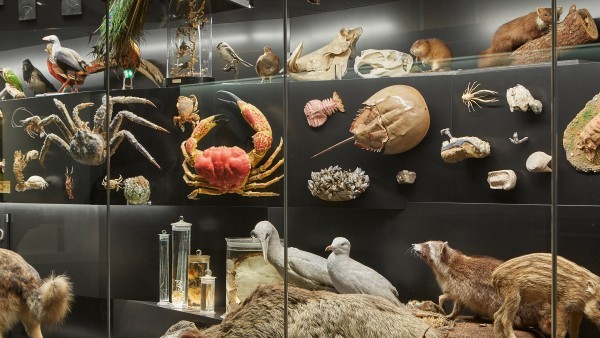
Visitors to the Senckenberg Museum in Frankfurt can wonder at a wide range of specimens from beetles to crabs.
How could and how should we counteract this loss?
In any case, we would need more natural agriculture that minimises interference with natural interrelationships. For example, this includes using fewer pesticides and fertilizers and maintaining or replanting boundary structures such as hedges, flower strips or fallow land.
Is it possible to feed a growing global population with agriculture like this?
Yields from organic farming are, on average, 20 to 30 per cent lower, that’s true. On the other hand, we lose more than 30 per cent of agricultural products from farm to fork, especially because we as consumers throw away too much food. We would also need a lot less arable land if we ate diets with less meat. The ratio of beef to potatoes, for example, is around 40:1. That means that we could compensate for this loss by increasing production in other areas and still feed everyone.
This means that if I eat less meat, will this benefit not only the climate, but also biodiversity?
Yes, absolutely, that helps biodiversity, but with small exceptions: in Germany, the species-rich meadows are disappearing particularly fast. And these are only preserved by grazing cattle and sheep. My plea is therefore: generally eat little meat, but if you do, then enjoy a roast of grazing sheep or cattle. That would be ideal for biodiversity.
Which is a bigger problem: climate change or species loss?
Species loss is just as serious as climate change; they’re two aspects of the same phenomenon: man overexploiting nature. But so far attention has been focused on climate change.
We know that climate change has an impact on the survival of species. Does the reverse apply? Can species loss accelerate climate change?
There isn’t evidence of this for individual species, but for entire habitats. If forests are lost it will have an impact on the climate, and not only because trees absorb CO2. On Kilimanjaro, for example, the proportion of forest area has decreased noticeably. This has reduced the water supply in the lowlands. With its band of rainforest, it acts like a huge water reservoir. If this rainforest is cut down, the climate conditions in the whole area would change.
What measures must the international community take to stop or maybe even reverse this species loss?
I think it would be very sensible to increase the proportion of protected areas: the 30x30 target is correct from a scientific point of view. The aim is to place 30 per cent of the Earth’s surface under protection by 2030. At present, we are at about 15 per cent of land and eight per cent of the oceans. The fact that the Earth can recover if we allow it a little rest has been impressively demonstrated during the coronavirus lockdown. You can see fish in Venice’s clearer canals again, dolphins are recapturing the Bosporus, turtles are populating beaches. Protected areas do indeed protect, provided that they are not just pure “paper parks”, meaning that the protection only exists theoretically. If we then gradually transition away from intensive agriculture, we will achieve a lot. Of course, in Europe the EU is called upon to do this with its Common Agricultural Policy.
In fact, the next biodiversity conference was planned to take place in China in October. There, the international community wanted to set new, more ambitious goals for species protection. Now the conference has been postponed for the time being due to the coronavirus. Are you concerned about this delay?
Of course, I would have liked the October conference to go ahead as planned and for us to arrive quickly at tangible results. On the other hand, I also see some opportunities presented by the coronavirus situation, however bad the pandemic may be for the world as a whole. The past few years have shown how difficult it is to leave old structures behind and rebuild our economic systems with sustainability in mind. Now, however, we are experiencing an involuntary breakthrough due to the coronavirus – and thus have the opportunity to initiate far-reaching changes.
In what way?
The stimulus packages to revive the economy after the end of the pandemic should provide a strong impetus for a “green economy”. We should use this unique opportunity to further develop our economic system and transform the social market economy into a social-ecological market economy. Incidentally, KfW can play an important and constructive role in this area.
Don’t you think the opposite will happen, because people will want to get the economy back on track very quickly once the pandemic is over?
I am an optimist. I hope that the crisis will inspire us to pause and rethink, and ultimately lead to more climate and species protection.
Published on KfW Stories 12 May 2020, updated on 22 April 2023.

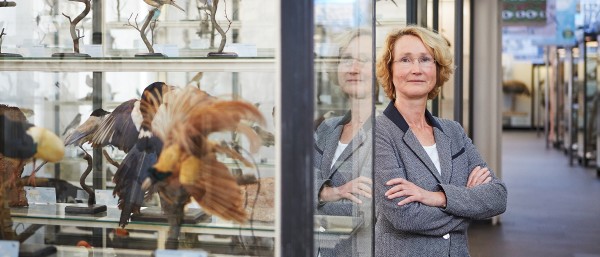
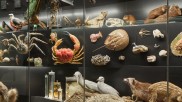
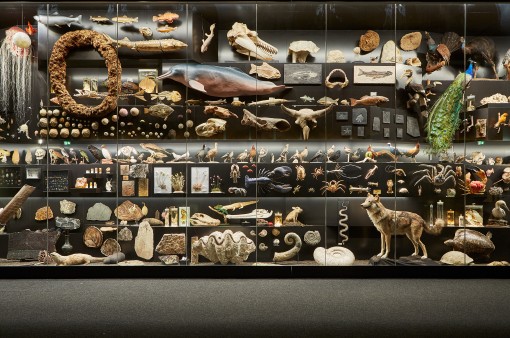
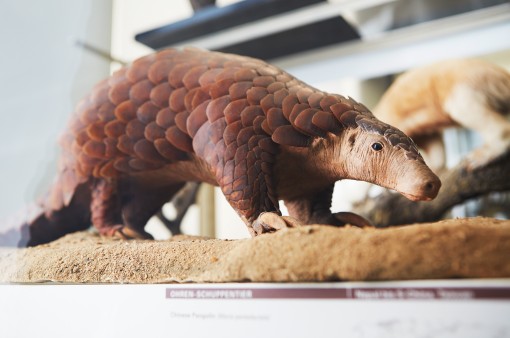
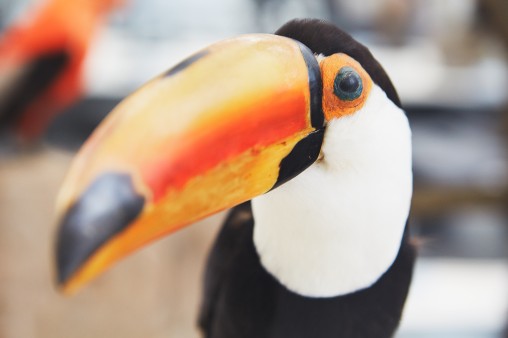
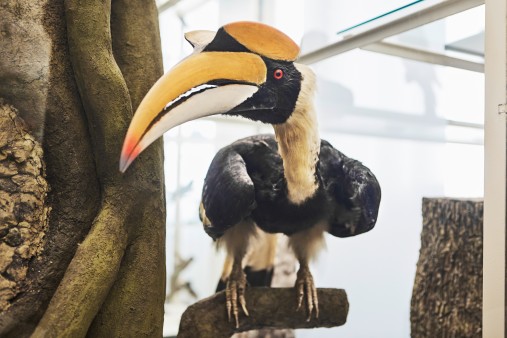




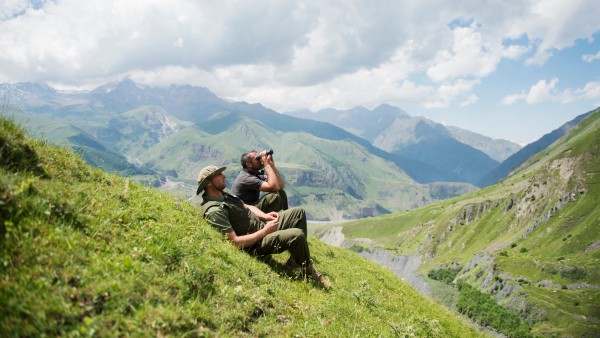
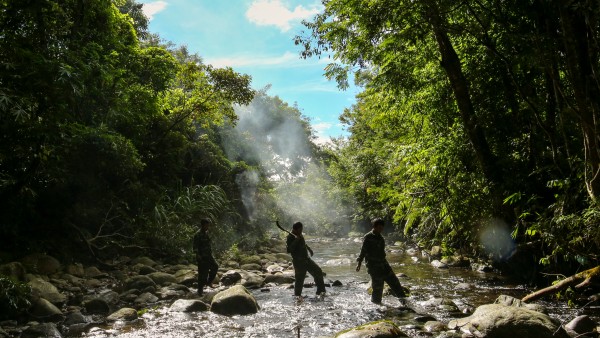
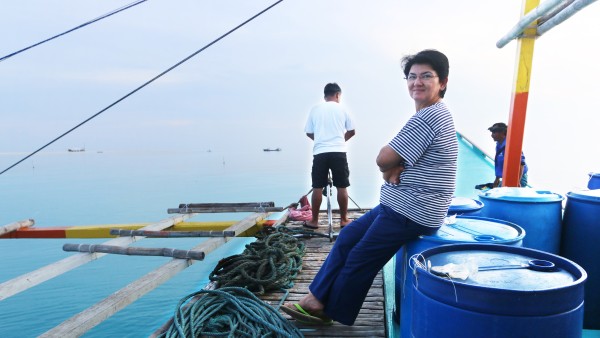
Data protection principles
If you click on one of the following icons, your data will be sent to the corresponding social network.
Privacy information